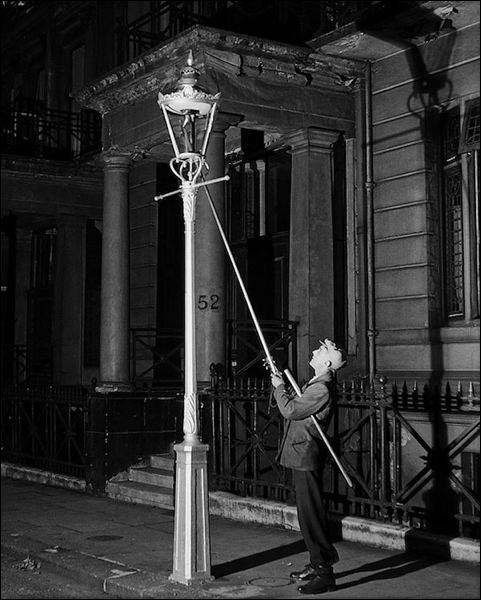The virtuoso violinist Jascha Heifetz was a man of many passions, some of them of the technological variety. In the 1960s, when living in Los Angeles, he commissioned a custom electric car, which he drove to USC where he was a lecturer. The musician was also a leading, early advocate behind the creation of the 911 emergency system, which was propelled in part as a reaction to the Kitty Genovese killing, a horrible crime that was wrongly read as some sort of referendum on the human spirit.
Dialing three quick numbers was a great advance for citizens, police and EMTs in the Payphone Age, but today it feels like what it is: a last-century innovation in need of a 2.0 upgrading. In the wake of the Paris attacks, Christopher Mims of the Wall Street Journal looks at a next-level emergency-response system for urban centers, the key to which is retrofitting the venerable street lamp with bleeding-edge tech. Introducing the system beyond city limits would require altering the smartphones we all carry around, a more-complicated project. An excerpt:
In the U.S., the nature of the 911 system can lead to significant delays in understanding what is going on in a Paris-style attack. First, those who are closest to the event are the least likely to call, since they are probably running and seeking cover. Those who do call are at a remove, and so may not know the precise location or nature of the attack. Then there are the mechanics of a 911 call itself—dispatchers attempting to extract information from frantic callers, the time it takes a call to be escalated, etcetera.
But there is a better way, says Ralph Clark, president and chief executive of SST Inc. For nearly 20 years, his company has been perfecting a technology called ShotSpotter, which has been rolled out in 90 cities, towns and suburbs world-wide. It uses Internet-connected microphones to pinpoint, through triangulation, the exact location of a gunshot or explosion.
“What we can provide is a total awareness point of view on outdoor shootings,” says Mr. Clark. Authorities are alerted within 30 to 45 seconds of the first shot in an attack, he adds, as opposed to the minutes it can take to pinpoint an attack using conventional means.
To date, the expense of rolling out ShotSpotter has meant that it has only been used to cover areas of high gun crime—a few square miles within a typical city. But thanks to the usual forces of miniaturization and falling prices, plus a recently announced deal with General Electric Co., ShotSpotter will soon be capable of covering entire cities, says Mr. Clark.
The key, believe it or not, is street lamps.•
Tags: Christopher Mims, Ralph Clark

